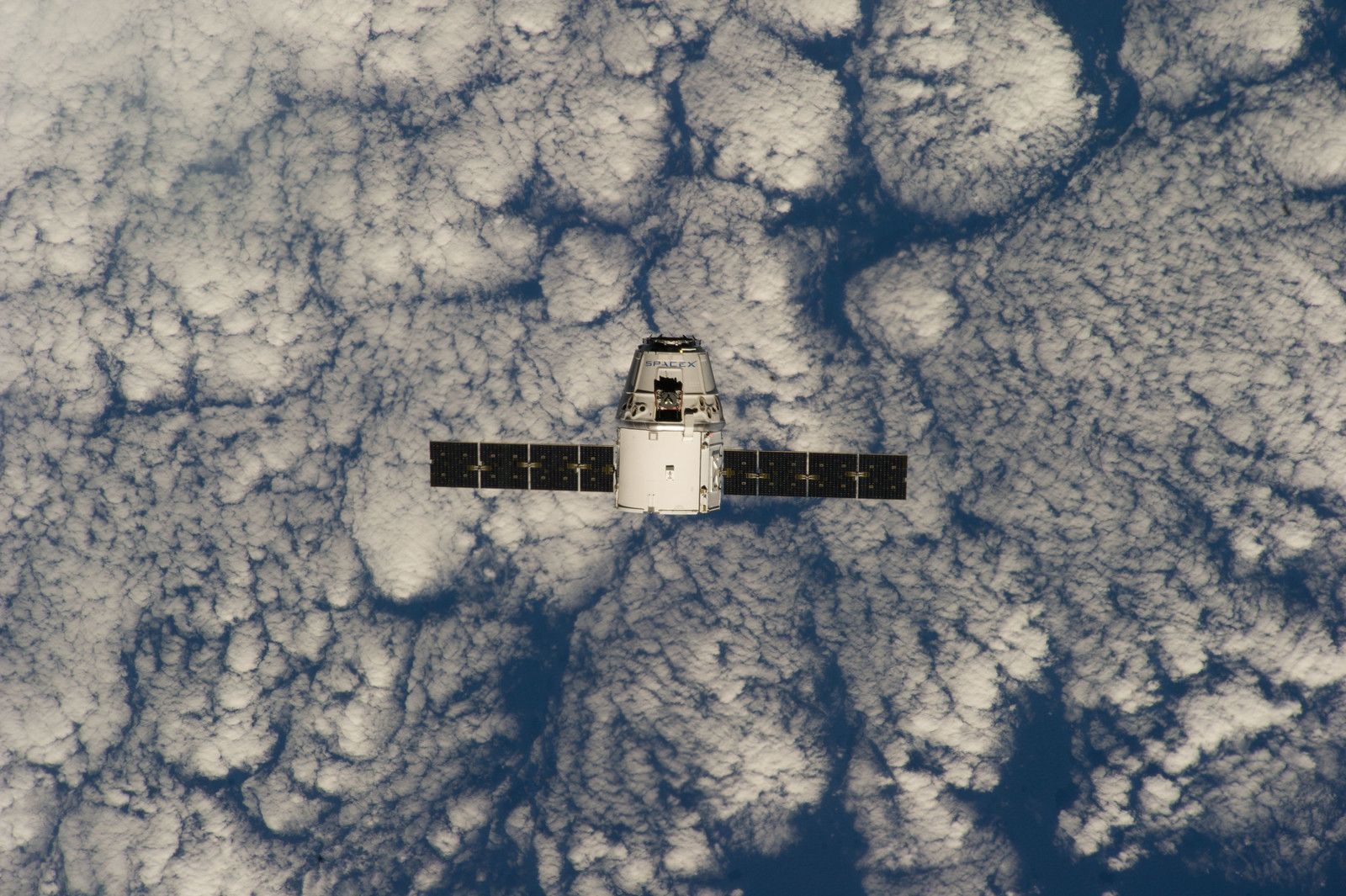Technology Highlights
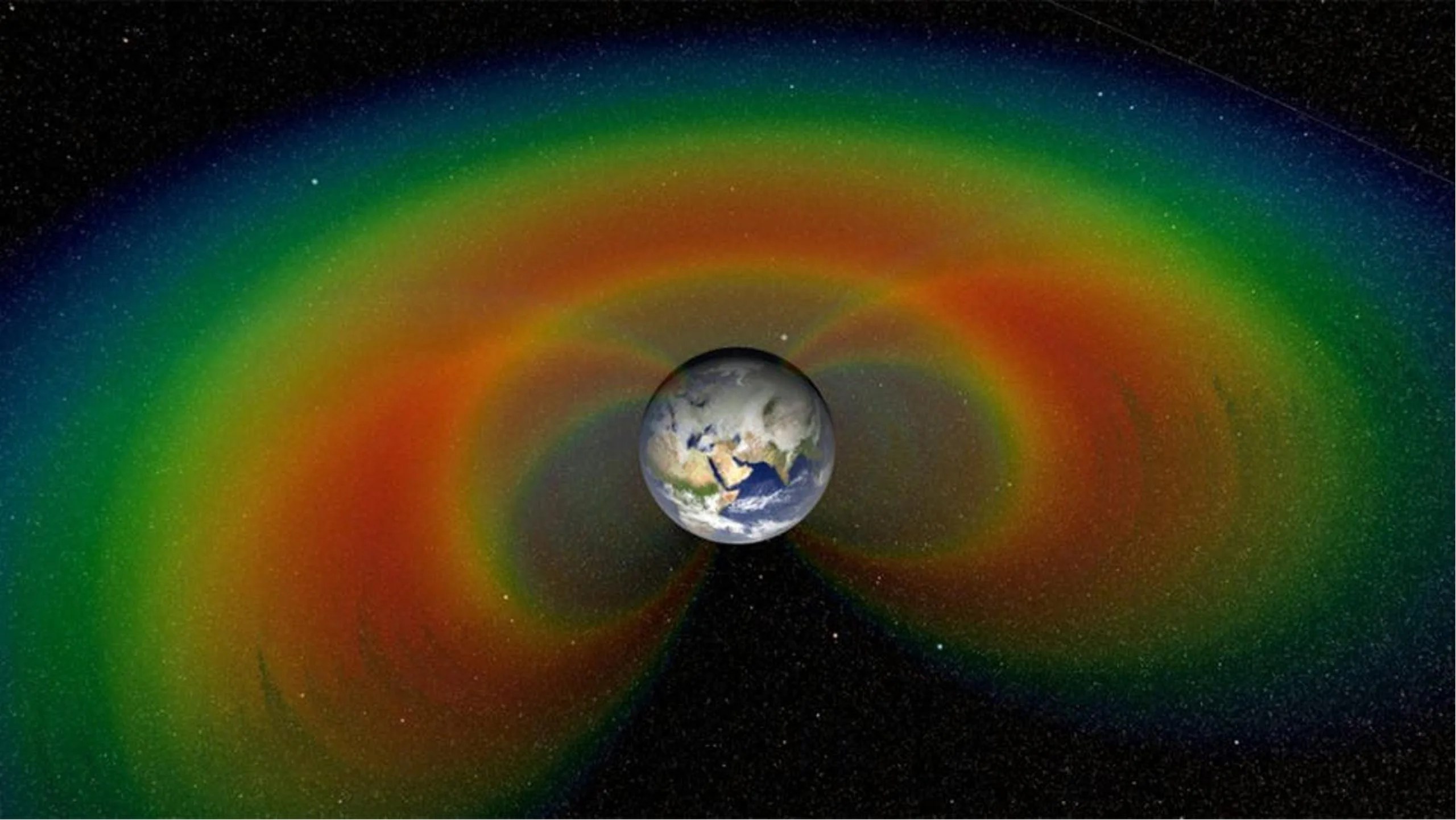
Innovative Instrument Reveals Hidden Features Deep Inside the Van Allen Radiation Belts
A new instrument is using advanced detection techniques and leveraging an orbit with specific characteristics to increase our understanding of the Van Allen belts—regions surrounding Earth that contain energetic particles that can endanger both robotic and human space missions. Recently,…

Making Ultra-fast Electron Measurements in Multiple Directions to Reveal the Secrets of the Aurora
The energetic electrons that drive the aurora borealis (the northern lights) have a rich and very dynamic structure that we currently do not fully understand. Much of what we know about these electrons comes from instruments that have fundamental limitations…
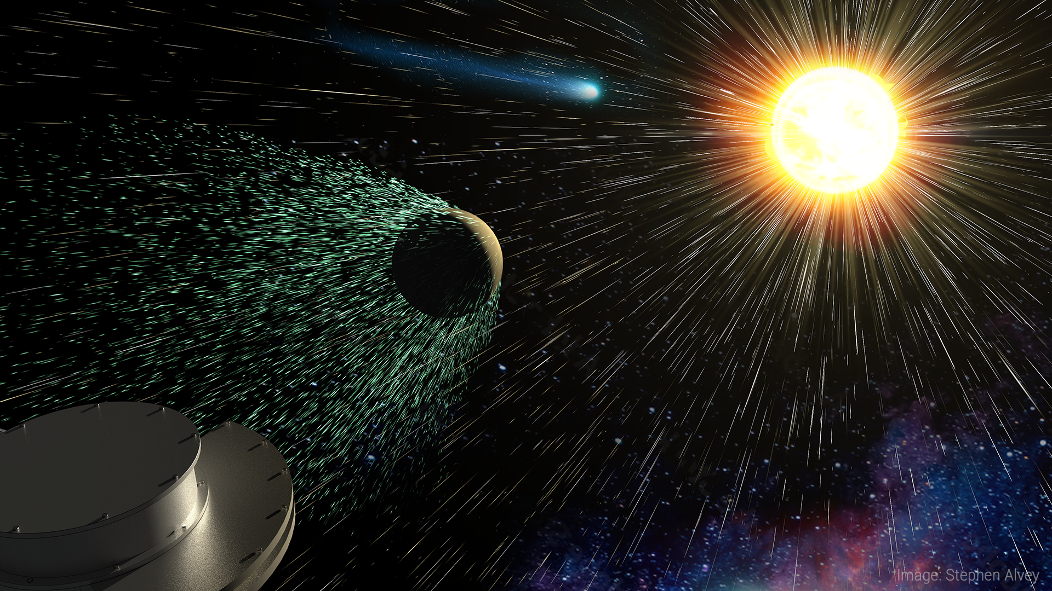
Tracing the Origin and Energization of Plasma in the Heliosphere
PROJECT: Solar Wind Pickup Ion Composition Energy Spectrometer (SPICES) SNAPSHOT: SPICES is a new sensor that will help scientists discover where matter originates and how it is energized throughout the solar system Imagine that you have a secret decoder ring…
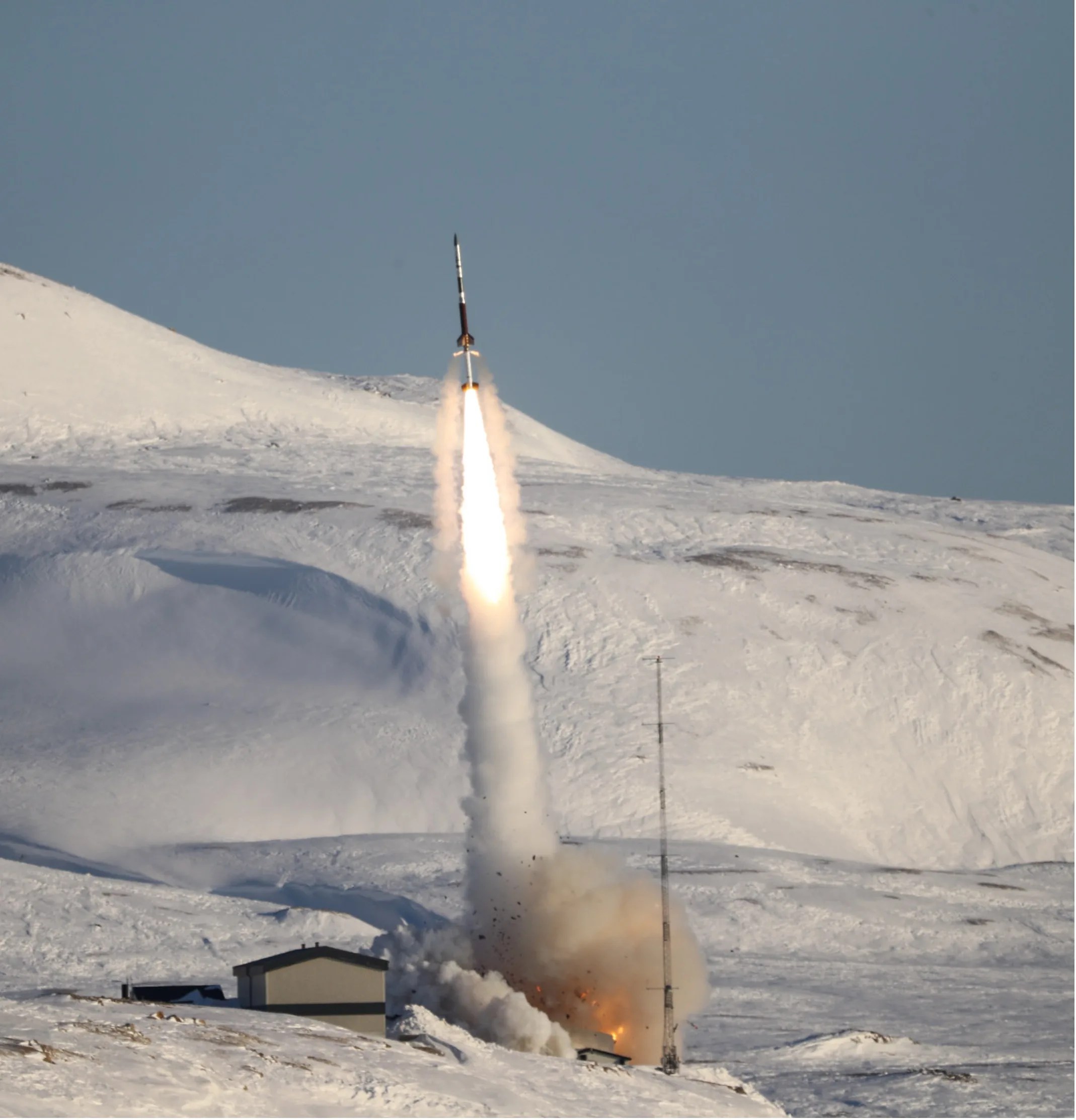
New Plasma Analyzer Flies on Rocketship Endurance
PROJECT NASA Sounding Rocket Endurance SNAPSHOT Endurance carried a new type of space plasma analyzer with extremely fine energy resolution to make the first measurements of Earth’s electrical potential. This technology could also enable new tools to measure plasmas in…
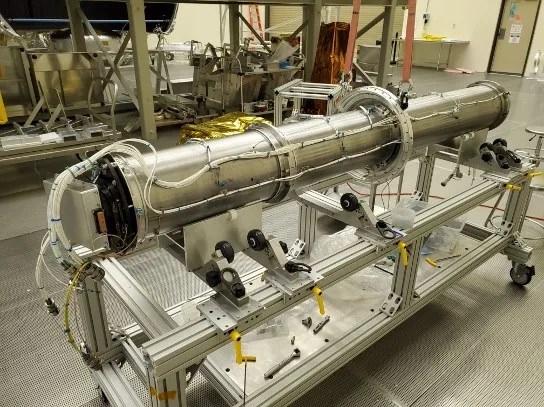
Unlocking the Sun’s X-rays
PROJECT Marshall Grazing Incidence X-ray Spectrometer (MaGIXS) SNAPSHOT NASA has developed a new type of instrument that can provide key information to predict and understand solar flares. X-ray spectroscopy provides unique capabilities for answering fundamental questions in solar physics and…
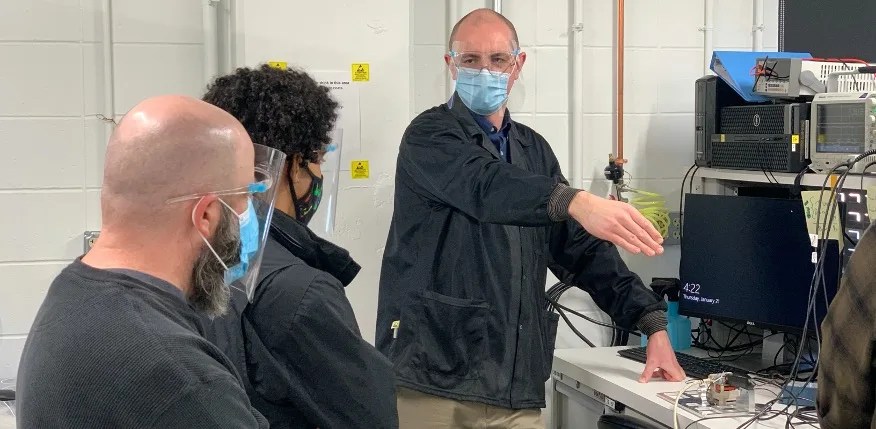
Rediscovering the Lost Art of Fluxgate Magnetometer Cores
PROJECT MAGnetometers for Innovation and Capability (MAGIC) SNAPSHOT A NASA-sponsored team at the University of Iowa is rediscovering and improving lost techniques to develop high-fidelity instruments needed to make the magnetic field measurements that enable many of the nation’s space…
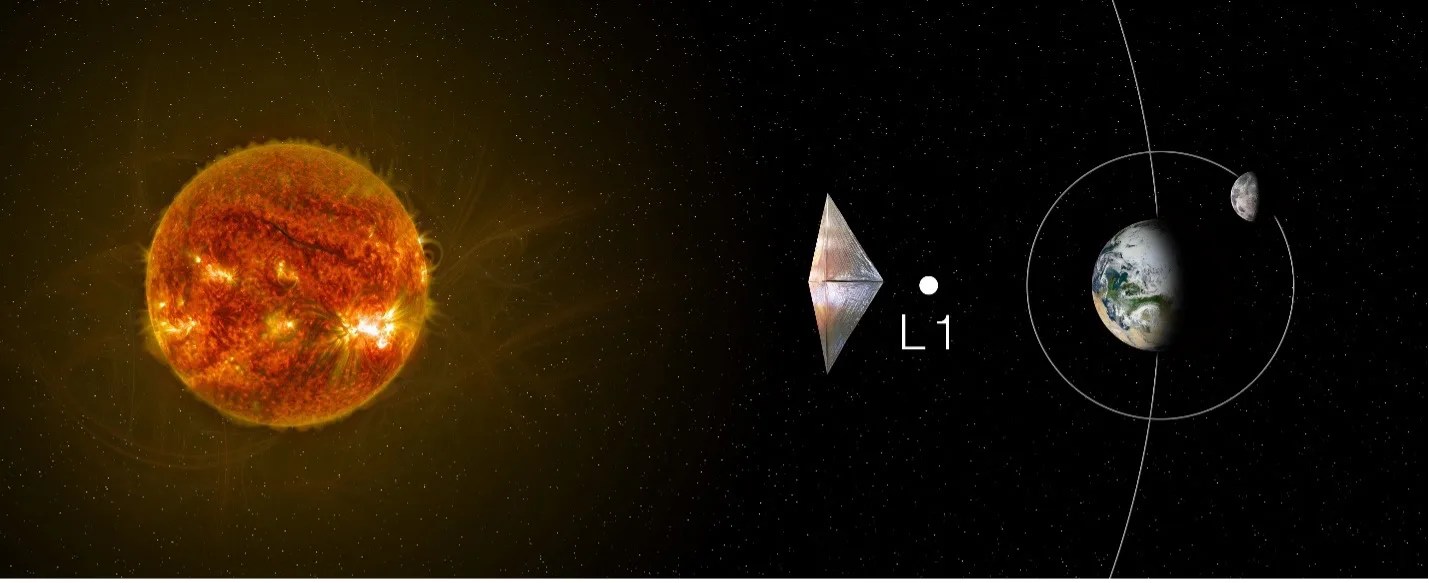
Solar Sail Propulsion: Enabling New Destinations for Science Missions
NASA’s Science Mission Directorate Program Management Council met on June 28, 2022, to evaluate whether the Solar Cruiser project was ready to proceed to the building phase – known as Phase C — of its life cycle. It was determined…
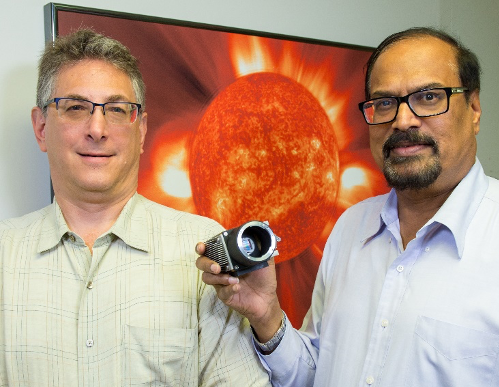
Balloon-borne Investigation Provides First Simultaneous Measurements of Crucial Coronal Parameters
PROJECT Balloon-borne Investigation of Temperature and Speed of Electrons in the corona (BITSE) SNAPSHOT New technology demonstrated on BITSE has simultaneously detected the 2D density, temperature, and speed of electrons in the solar corona for the first time. An observational…

Balloon-bourne Imaging Captures Turbulence Sources Revealed in Polar Mesospheric Clouds
This blog post originated in the 2018 Science Mission Directorate Science and Technology Report. PROJECT Polar Mesospheric Cloud Turbulence experiment (PMC Turbo) KEY POINTS The balloon-borne PMC Turbo experiment successfully provided information about small-scale instabilities and turbulence in the mesosphere…

FOXSI’s X-ray Optics and Detectors Put the Sun in Focus
PROJECT Focusing Optics X-ray Solar Imager (FOXSI) sounding rocket KEY POINTS This third flight of the FOXSI experiment featured direct-focusing X-ray optics, 3D-printed collimating devices for limiting background, and high-resolution X-ray detectors. This technology will enable high-fidelity X-ray imaging in…

New Compact Remote Sensor to Image Ionospheric Current’s Spatial Structure from Space
PROJECT The Microwave Electrojet Magnetogram (MEM) KEY POINTS The low SWaP MEM sensor enables cost-effective implementation of future high-impact ionospheric current investigations on resource-limited missions, including CubeSat constellations. Understanding the interaction and coupling processes within Earth’s atmosphere, ionosphere, and magnetosphere…

Bifocal Electron Sensor Flight of Opportunity on the Investigation of Cusp Irregularities-5 Mission
Project ICI-5 Bifocal Flight Opportunity Key Points Developed by a team at the University of Iowa, the Bifocal sensor is a next-generation electron instrument with very high angular resolution. The Bifocal sensor will be demonstrated on the ICI-5 sounding rocket…
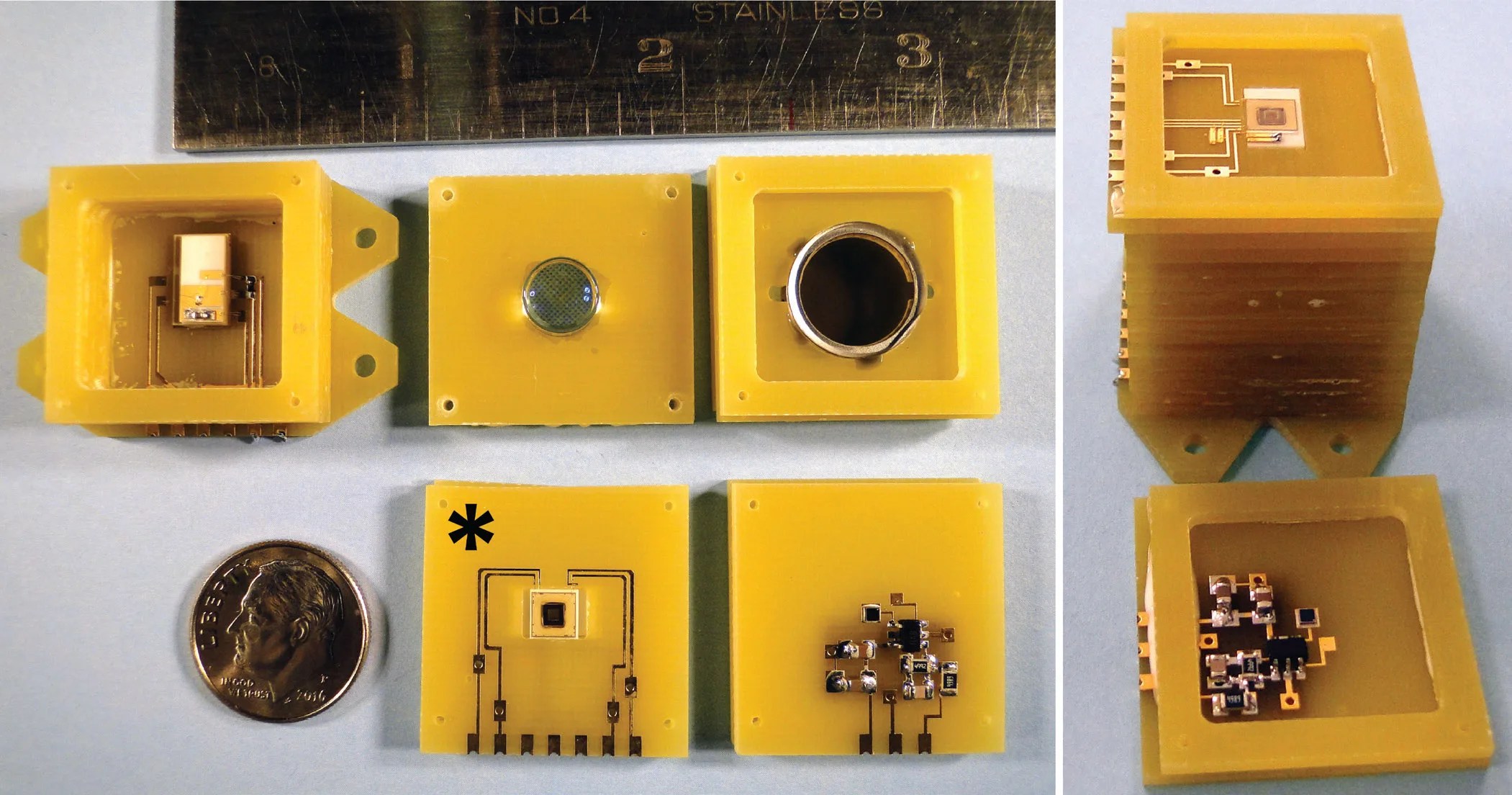
Miniature Magnetometer Will Enable Space Exploration on Resource-Constrained Platforms
Technology Development NASA is sponsoring a joint effort by researchers at the Johns Hopkins Applied Physics Laboratory (APL) and the National Institute of Standards and Technology (NIST) to develop a novel miniature absolute scalar magnetometer based on a micro-fabricated alkali-metal…
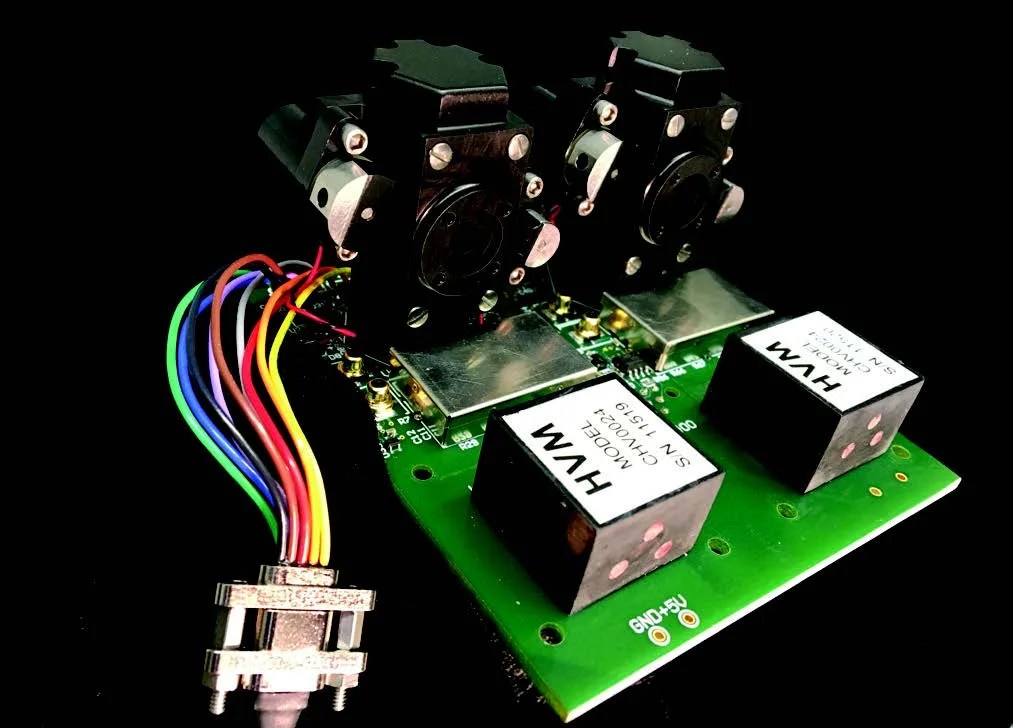
Development of a Compact Multi-spectral Photometer for Space Science
Technology Development Earth’s ionosphere is increasingly recognized as a region of space that directly impacts the development and use of space assets for modern society. For example, changing conditions in the ionosphere can adversely affect radio communications and space-based navigation…
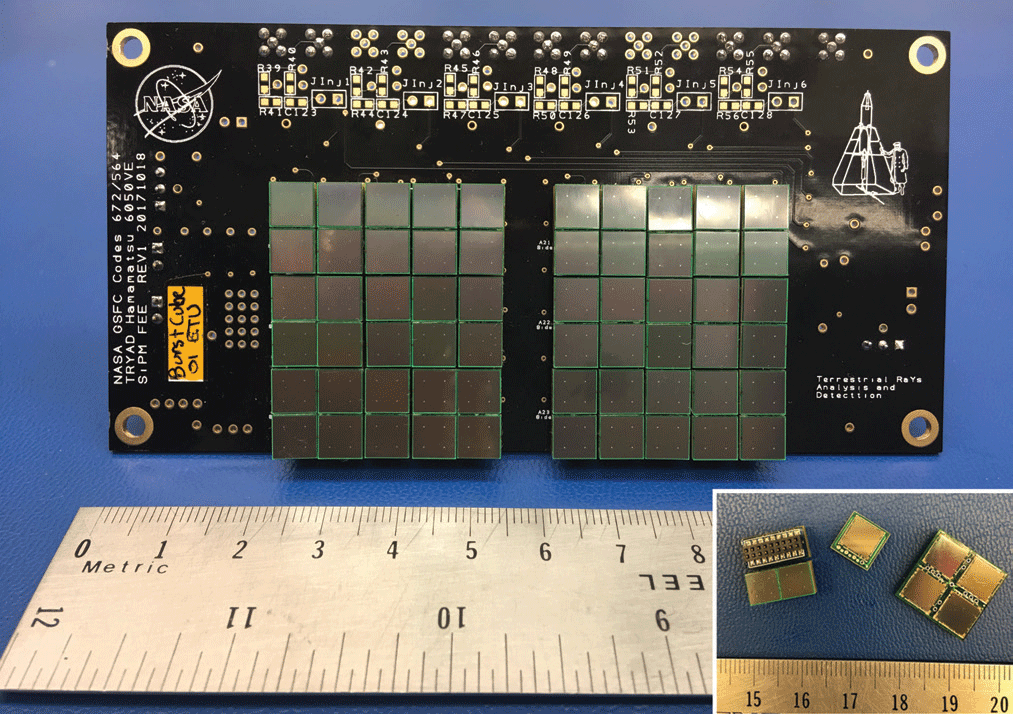
New Techniques for Fast Neutron Imaging and Spectroscopy in Space
Technology Development A team of scientists and engineers at Goddard Space Flight Center is developing innovative technologies to expand the opportunities for neutron and gamma-ray detection from space on small satellite platforms. Traditional space-based detectors, such as the Gamma-ray Burst…
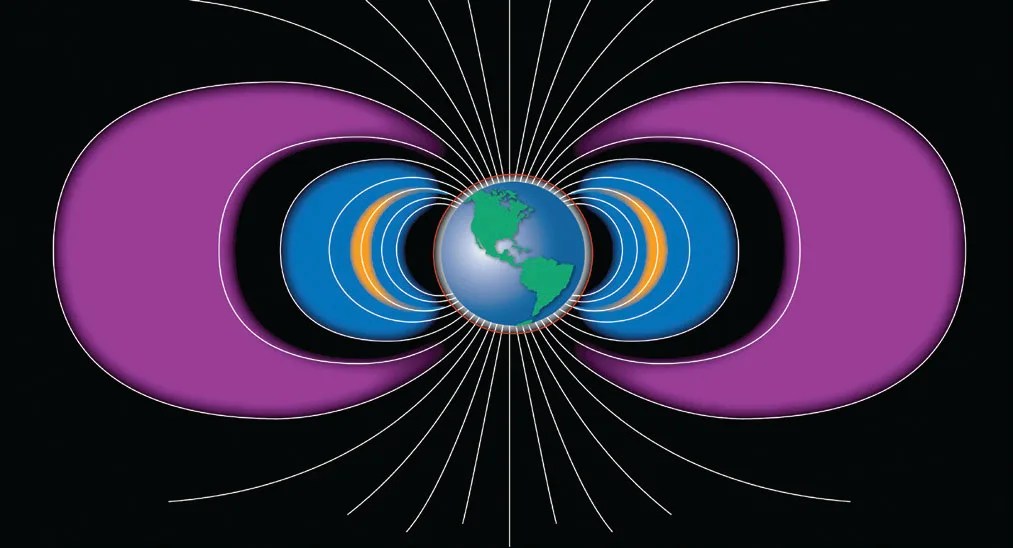
Exciting Chirping Whistler Waves: From the Laboratory to Space
Technology Development Chorus waves are a class of frequency-chirping, whistler-mode plasma waves that are routinely observed in Earth’s near-space environment. Chorus waves play a key role in various physical processes including the formation of the Earth’s Van Allen radiation belts,…
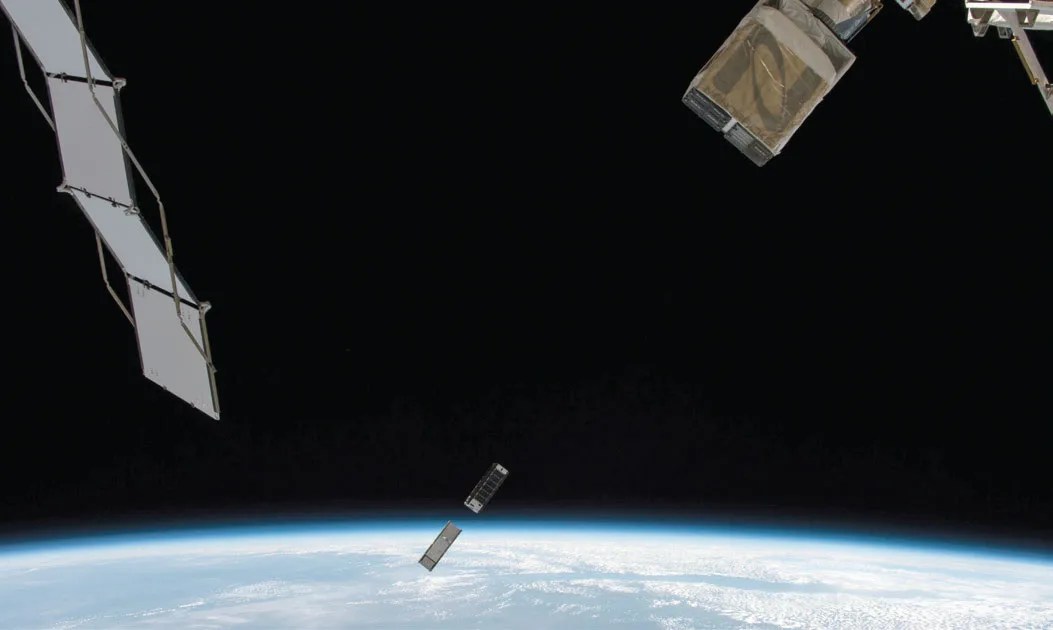
High-Precision Pointing on a CubeSat Enables New Science
Technology Infusion A team led by University of Colorado (CU) researchers has successfully developed the first science CubeSat mission for NASA’s Heliophysics Division. The Miniature X-ray Solar Spectrometer-1 (MinXSS-1) is a 3-Unit CubeSat measuring the energy distribution of soft X-rays…
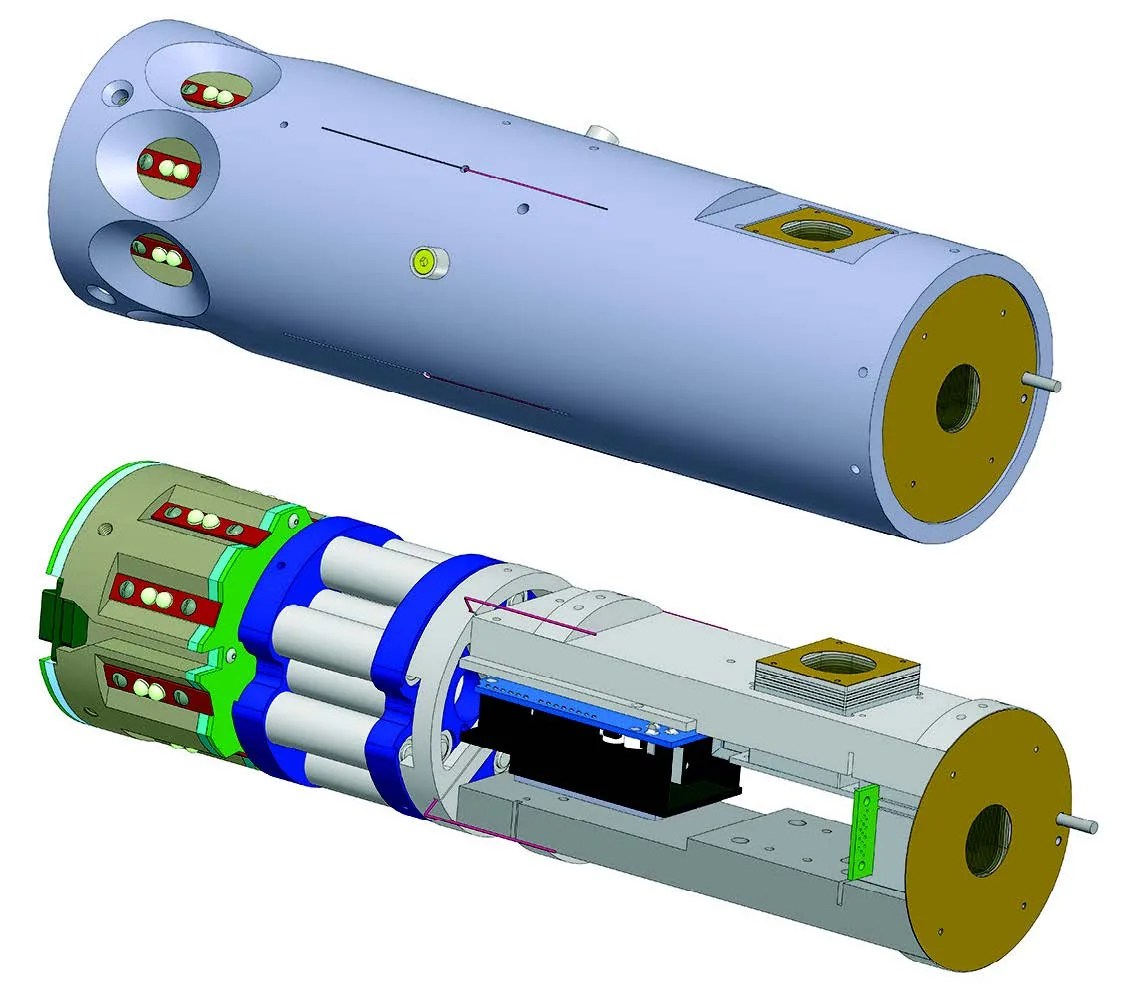
Swarms of Low-Resource Sensors to Probe the Ionosphere
Technology Development NASA is sponsoring a team developing a new type of payload to collect ionospheric plasma data at multiple points near a suborbital main payload. These low-resource, easily reproducible payloads—called Bobs—were developed for the NASA Isinglass auroral sounding rocket…
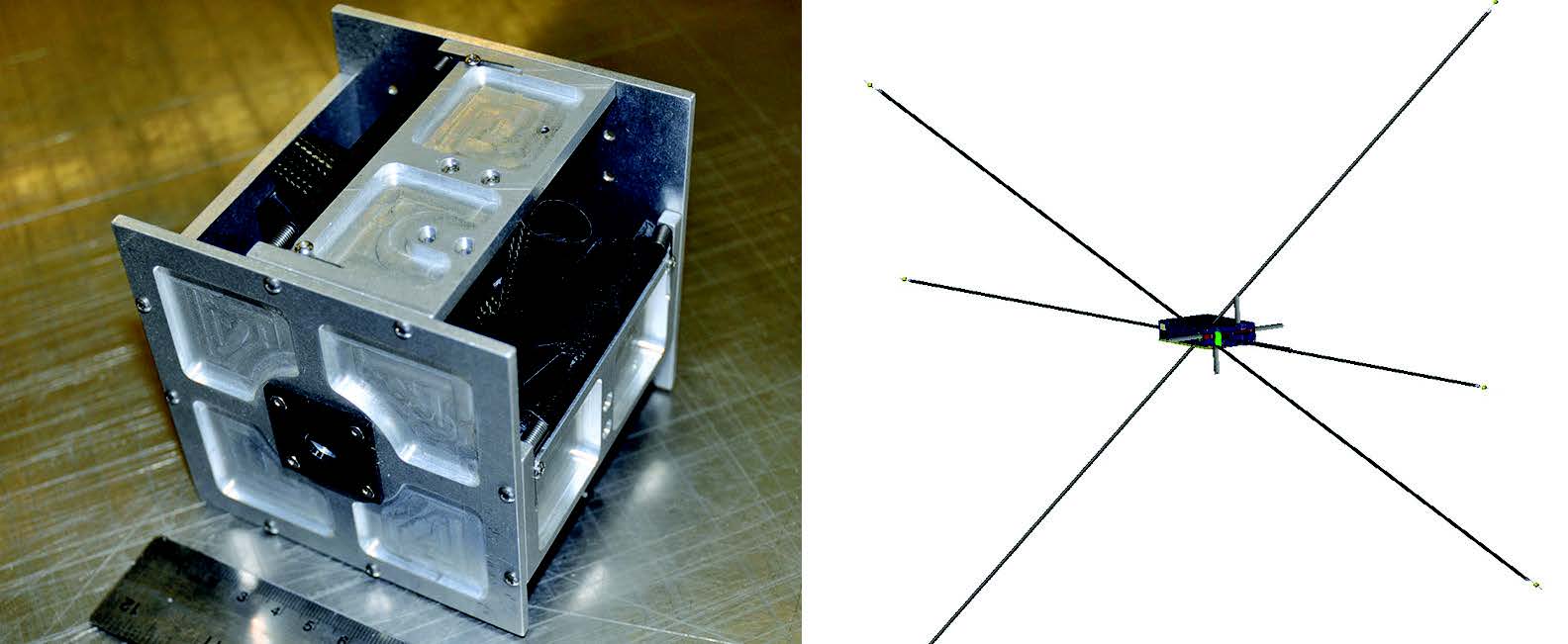
Tri-axial Double Probe will Enable Small Spacecraft to Measure Electric Fields
Technology Development A team at NASA GSFC is working to develop new technology that will enable small satellites to measure direct current (DC) and alternating current (AC) electric field vectors in space. One element of this new technology involves development…

New Atmosphere Wind/Temperature Sensor to Improve Space Weather Prediction
Technology Development Global wind and temperature measurements in the lower thermosphere (100-150 km above Earth) are the two most important variables needed to accurately predict space weather and climate change. An innovative technique is being developed jointly by the Johns…

“Boomless” Magnetometers Will Enable Small Satellite Constellations to Collect Magnetic Measurements
Technology Development Researchers from the University of Michigan (UM) and NASA GSFC are partnering to develop new types of magnetometers for use on future small satellites. These new instruments not only fulfill stringent requirements for low-amplitude and high-precision measurements, they…
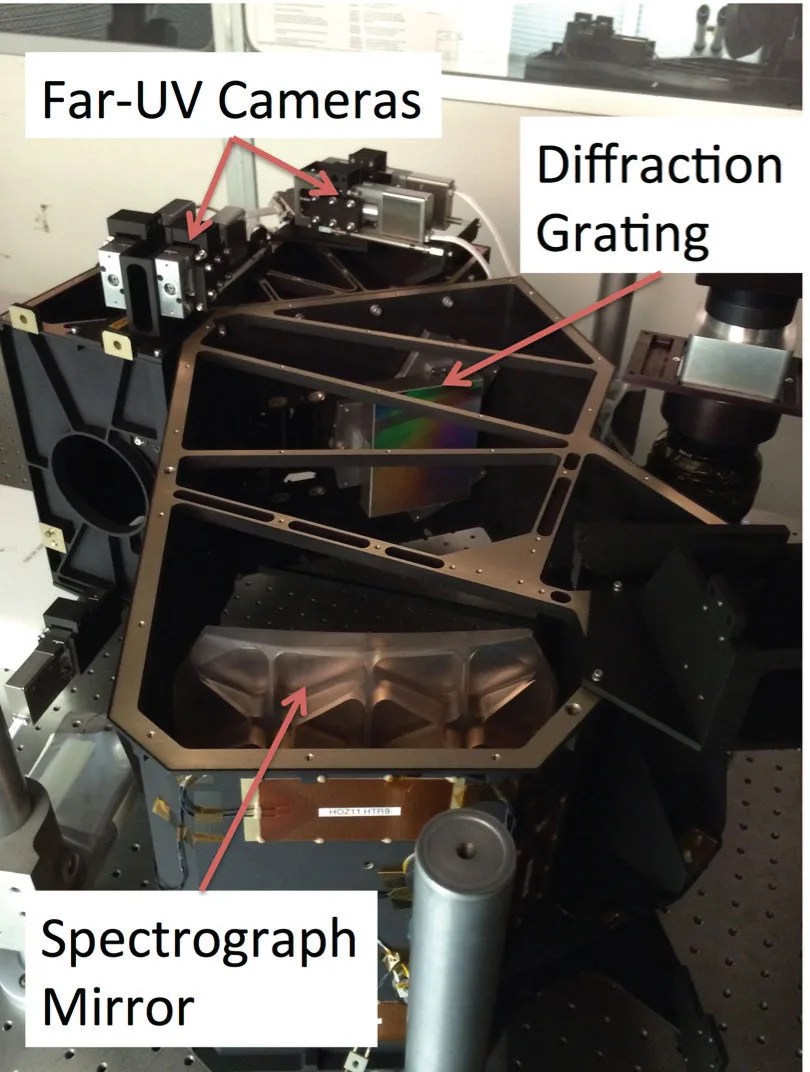
Coated Mirrors Achieve Record-setting Far Ultraviolet Reflectance Levels
Technology Development In 2016, scientists at Goddard Space Flight Center (GSFC) produced mirrors with the highest reflectance ever reported in the farultraviolet (FUV) spectral range (100-200 nm). To develop these mirrors, the team developed a new three-step physical vapor deposition…
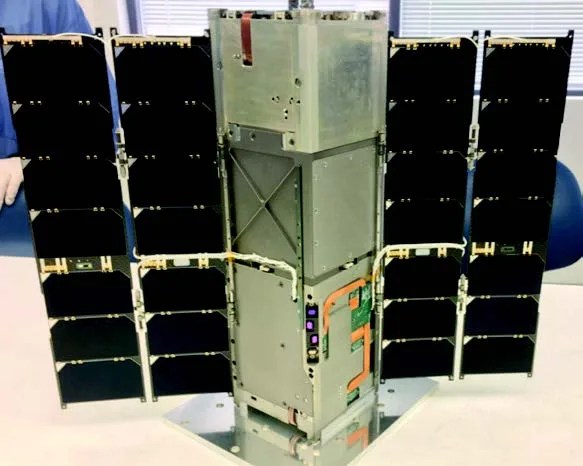
RAVAN CubeSat to Demonstrate New Technology for Radiation Balance Measurements
Technology Development: The Radiometer Assessment using Vertically Aligned Nanotubes (RAVAN) CubeSat mission launched on November 11, 2016 as a secondary payload on a United Launch Alliance Atlas V rocket from Vandenberg Air Force Base. RAVAN will demonstrate that accurate and…
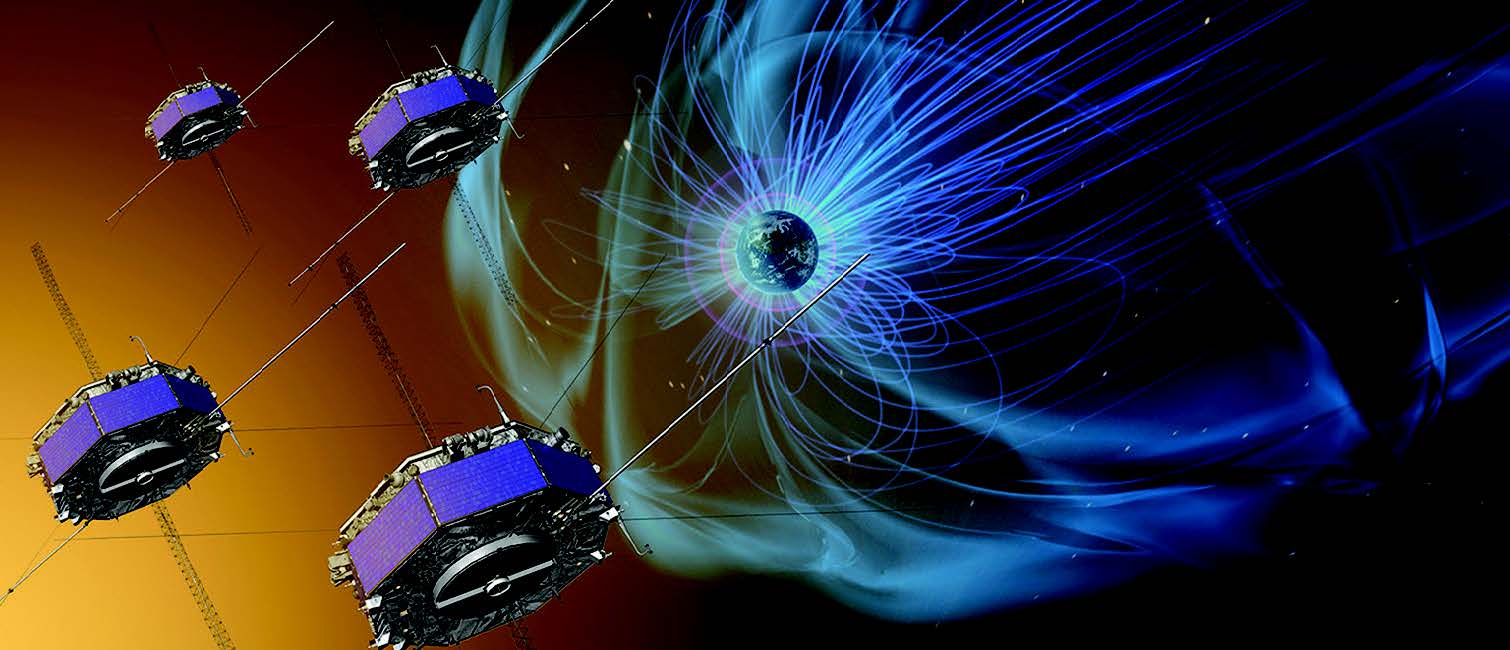
New Technologies Enable Study of Magnetic Reconnections in Space
Technology Infused: In March 2015, NASA launched an exciting new mission to investigate how the sun’s and Earth’s magnetic fields connect and disconnect, explosively transferring energy from one field to the other. This process—called magnetic reconnection—influences celestial bodies throughout the…
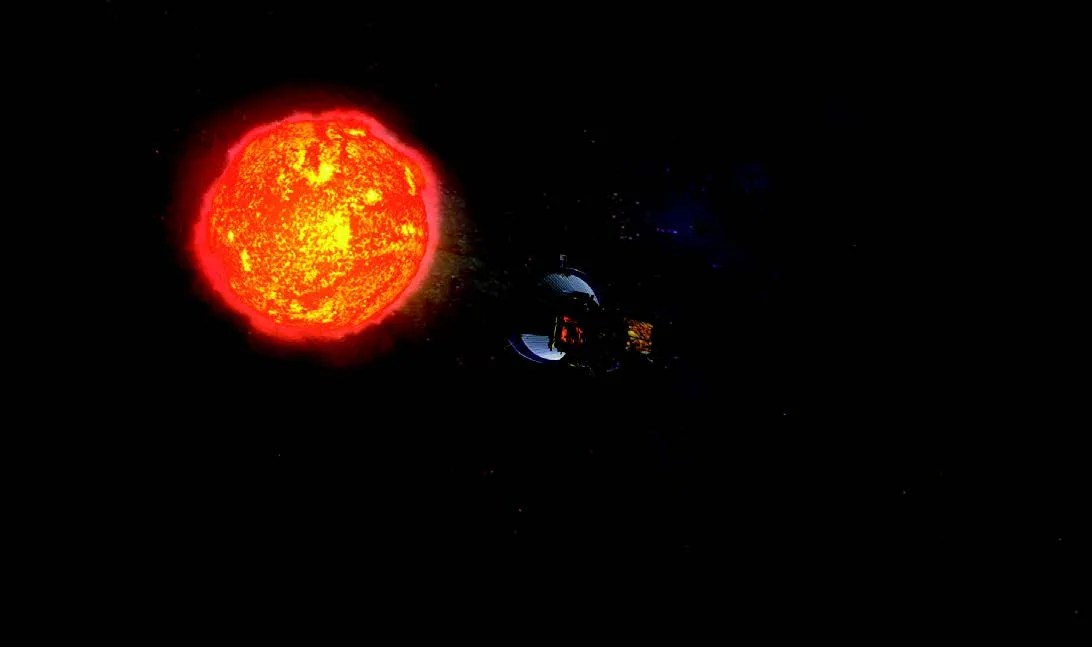
New Heat Shield to Protect Mission to the Sun
Technology Infused: NASA-sponsored technology has been employed to develop a state-of-the-art heat shield that will enable an important Heliophysics mission—the Solar Probe Plus (SPP). The newly developed carboncomposite heat shield will protect the spacecraft from the impacts from hypervelocity dust…
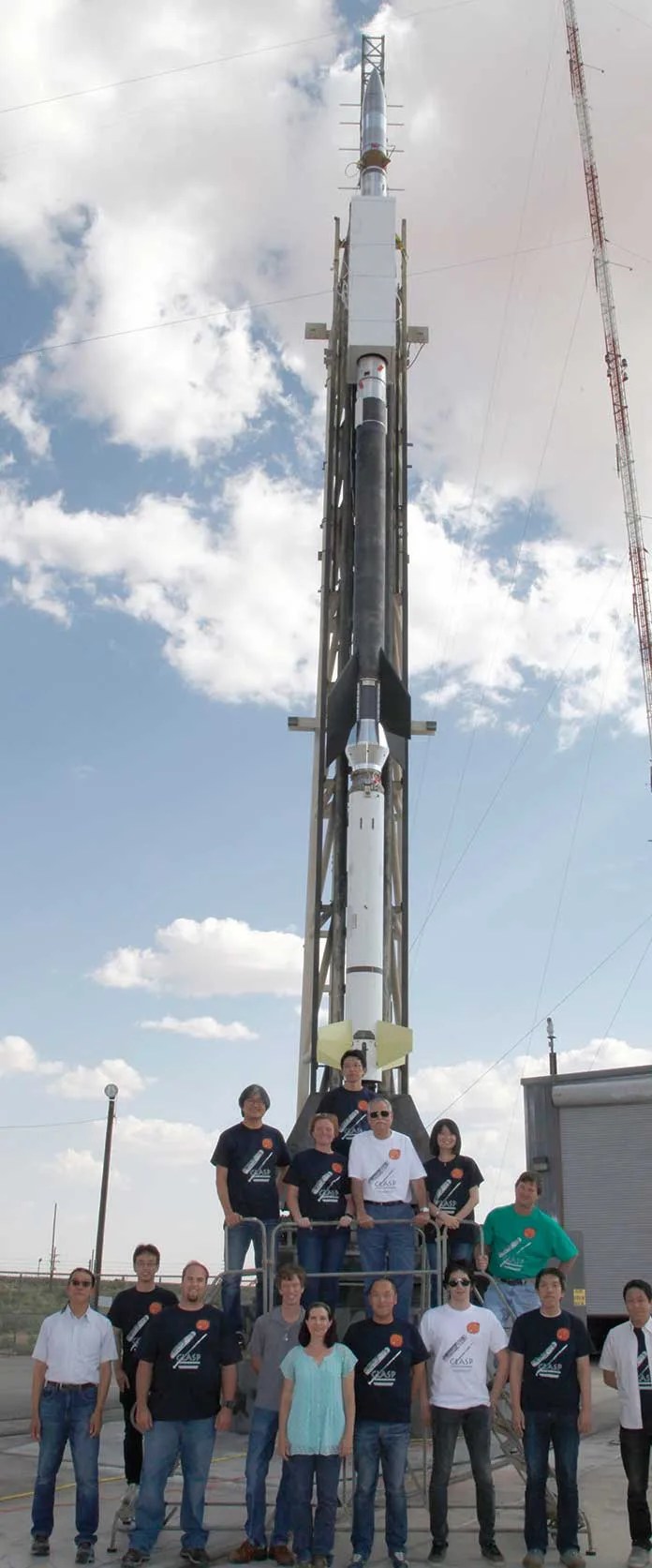
Sounding Rocket Mission Demonstrates New Technology to Measure Magnetic Fields in a Critical Region of the Sun’s Atmosphere
Technology Development: Remote sensing of magnetic fields requires both precision spectroscopy and precision polarimetry (spectro-polarimetry). NASA led an international team that developed the Chromospheric Lyman-Alpha Spectropolarimeter (CLASP)—the first instrument to achieve the spectro-polarimetry needed for magnetic field measurements of the…
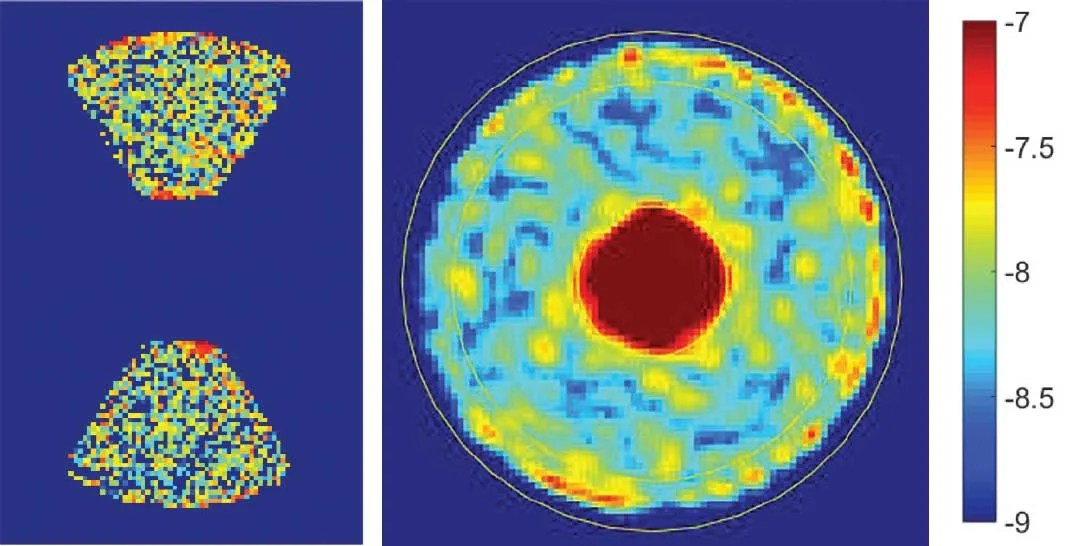
WFIRST coronagraph: Imaging Giant Exoplanets Around Nearby Stars
Technology Development: The Wide-Field Infrared Survey Telescope (WFIRST) is the highest-ranked recommendation for a large space mission in the NRC 2010 decadal survey, New Worlds, New Horizons (NWNH) in Astronomy and Astrophysics. The WFIRST coronagraph instrument (CGI) will be the…
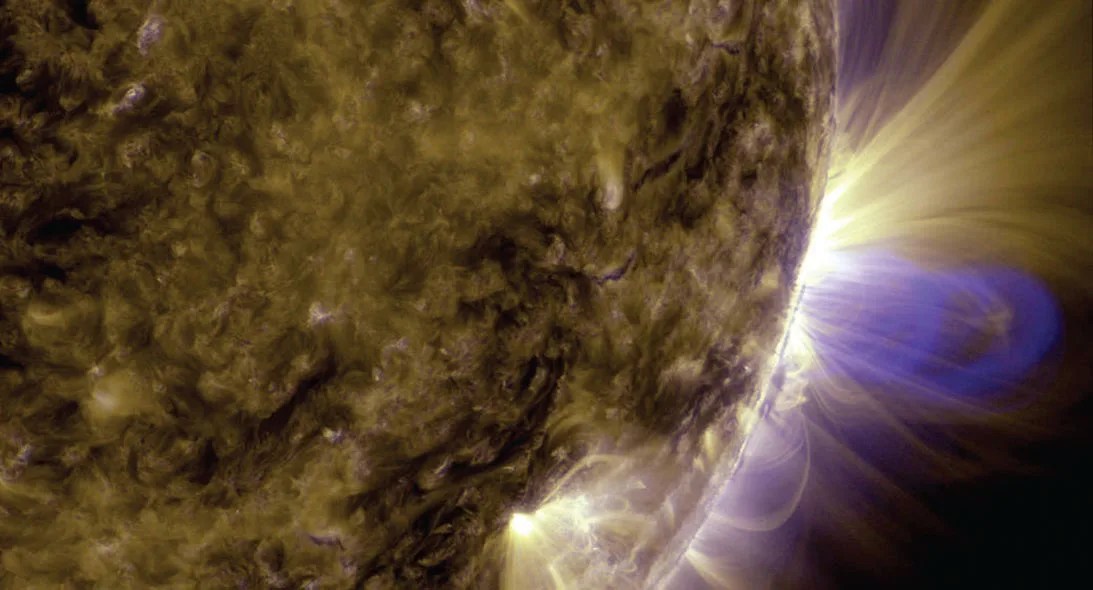
Laboratory Technology Helps Unlock the Mysteries of Magnetic Reconnection
Technology Development: Technological progress in recent years has significantly increased the ability to generate, control, and diagnose plasmas in the laboratory, allowing researchers to reliably reproduce important processes widely observed in space. The Magnetic Reconnection Experiment (MRX) is enabling scientists…

